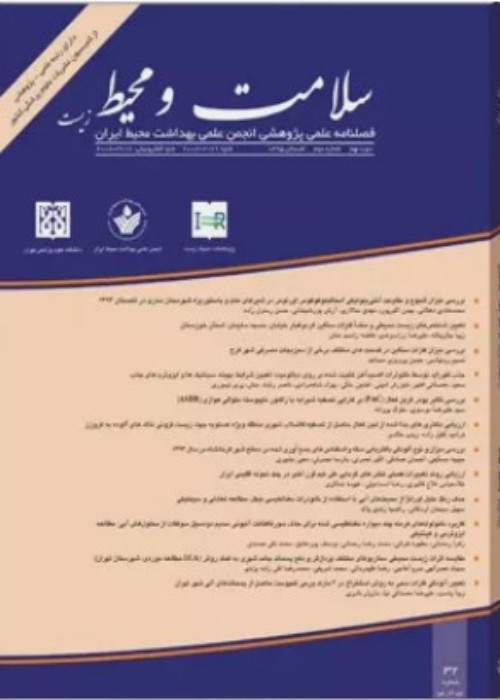Bioremediation of selected polycyclic aromatic hydrocarbons by Chlamydomonas reinhardtii algae in synthetic crude oil wastewater
The presence of PAHs in the environment can cause a problem as their presence has a deleterious effect on humans and animals. They also have the ability to cause tumors in humans and animals. Generally, to remove crude oil pollutants from seawater, various physicochemical and biological treatment methods have been applied worldwide. A biological treatment method using bacteria, fungi, and algae has recently gained a lot of attention due to its efficiency and lower cost. Chlamydomonas reinhardtii, microalgae have features such as a high proliferation rate, and cultivability in various water ecosystems.
In the present study, a total of 12 samples of synthetic oil wastewater were prepared at 2.5 g/L, 7.5 g/L, and 12.5 g/L that were called C1, C2 and C3.The gas chromatography/mass spectrometry (GC–MS) method was used for the determination of PAHs compounds in the samples. Furthermore, water samples were further analyzed for the amounts of biological oxygen demand (BOD), Chemical oxygen demand (COD), and total organic carbon (TOC). Chlorophyll A, biomass, amounts of nitrate, and nitrite were also measured. Statistical analysis was performed using SAS 9/8 software.
Results indicated that the removal rates from crude oil by C.reinhardtii microalgae were 100% on the 14th day for the three compounds of phenanthrene, fluorine, and anthracene at all concentrations, and 97.8%, 93%, and 92.7% for naphthalene compound at concentrations of 2.5 g in 1L, 7.5 g in 1L, and 12.5 g in 1 L, respectively (p<0.05). In terms of nutrients (NO-2 and NO-3), the highest amount of nitrate removal was observed at a concentration of 2.5 g/L from crude oil (C1) (p<0.05). The highest biomass was observed in the C3 treatment (p<0.05). Moreover, the greatest decline in BOD was observed in treatment C3 at 47.4%, while the greatest COD and TOC decline were observed in C1 treatment with the value of 84% and 94%, respectively (p<0.01).
The results showed that the cultivation of C.reinhardtii in crude oil in terms of nutrient removal potential, hydrocarbon composition, improving water quality and production of suitable biomass can be an acceptable option for exploitation in the biological treatment process.
- حق عضویت دریافتی صرف حمایت از نشریات عضو و نگهداری، تکمیل و توسعه مگیران میشود.
- پرداخت حق اشتراک و دانلود مقالات اجازه بازنشر آن در سایر رسانههای چاپی و دیجیتال را به کاربر نمیدهد.


